How to Use Citation Metrics to Choose Journals
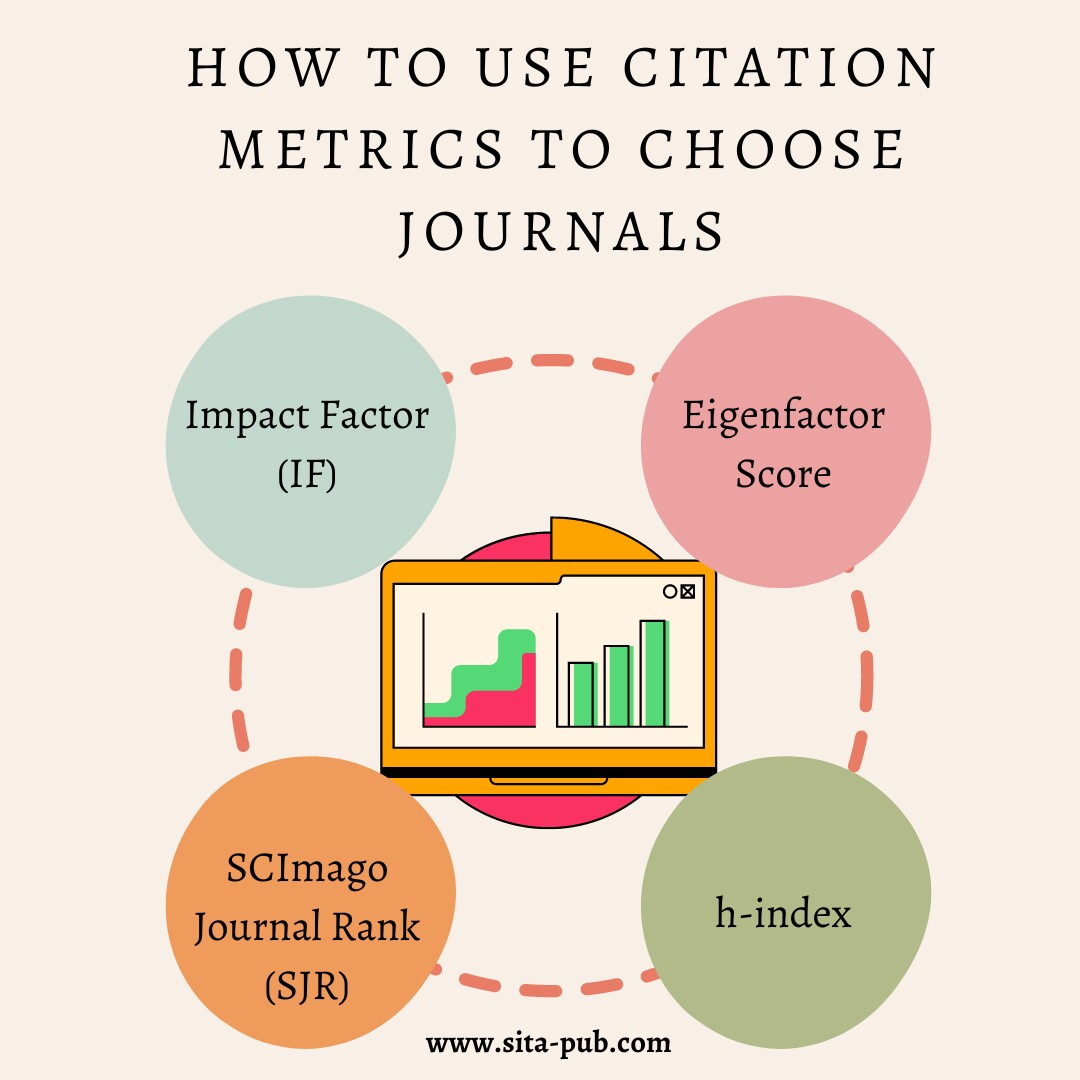

Researchers invest significant time and effort in their scholarly endeavors, culminating in the desire to disseminate their findings to a wider audience. The selection of a suitable journal for publication is a critical step in this process, as it directly influences the visibility, impact, and reception of the research. This guide provides a comprehensive overview of factors to consider when choosing the optimal journal for your scholarly work.
Citation metrics play a significant role in assessing the impact and prestige of academic journals. These metrics provide quantitative insights into how often other researchers reference articles published in a particular journal, serving as a proxy for the journal's influence within its field.

Calculation: The average number of citations received by a journal's articles over the past two years.
Formula: (Number of citations in the past two years) / (Number of articles published in the past two years)
Strengths:
Widely recognized and easily understood.
Provides a quick overview of a journal's general impact.
Limitations:
An average, potentially skewed by a few highly-cited articles.
Varies significantly across disciplines, making comparisons between fields misleading.
Only reflects past citations, not current impact.
Doesn't consider other forms of research influence, like social media or public engagement.
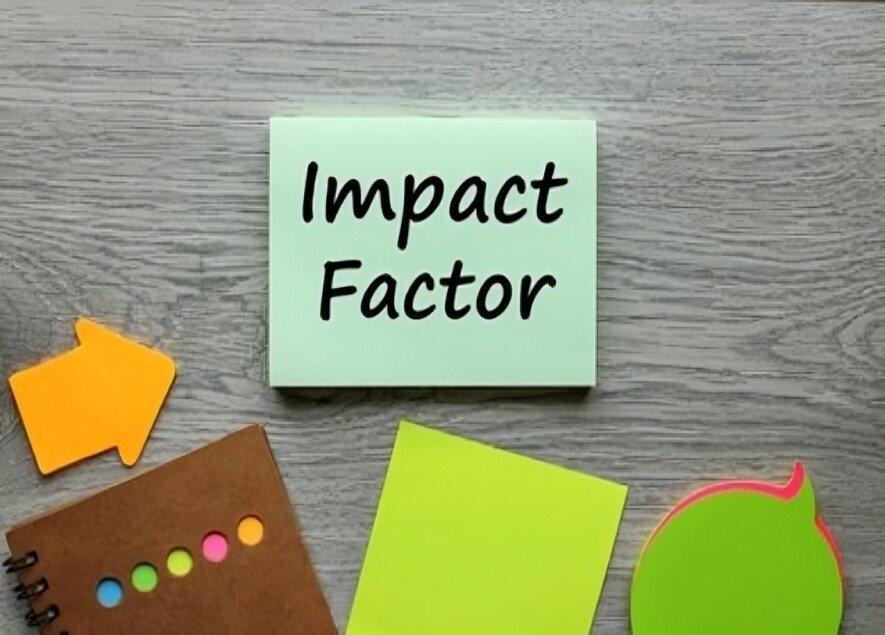
Calculation: A complex algorithm that considers the citations a journal receives from other high-impact journals. It assesses the "connectivity" of a journal within the academic network.
Strengths: Highlights journals that are cited by authoritative sources within their field.
Captures a journal's influence within a specific field.
Limitations: Can be complex to interpret and understand.
Tends to favor established journals, potentially overlooking emerging journals with significant contributions.
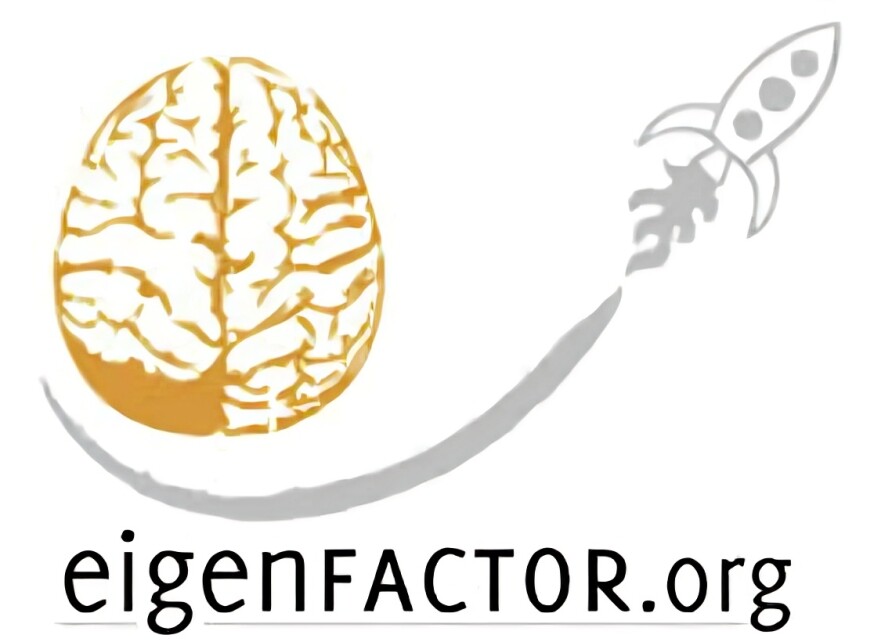
Calculation: Combines citation count with the prestige of the citing journals, providing a more comprehensive measure of influence. It uses a Google PageRank-like algorithm to assess journal influence.
Strengths: Provides a more nuanced view of a journal's impact than just citation count.
Reflects a journal's standing within the academic community.
Limitations: Can be subject to bias towards established journals.
Might not fully capture the impact of journals with niche influence.
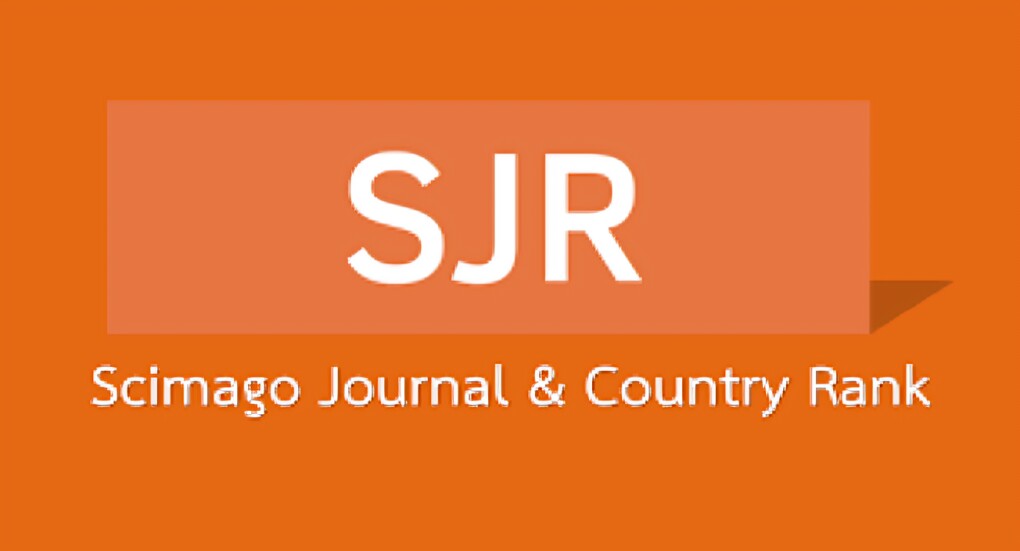
Calculation: Measures both the productivity and impact of a journal by considering the number of articles published and the number of citations received. It identifies the highest number 'h' where 'h' articles have at least 'h' citations each.
Strengths: Considers both publication volume and citation impact.
Identifies journals with a consistent track record of producing highly-cited research.
Limitations: Not as widely used as the IF.
Can be influenced by publication volume, potentially favoring journals with a high output over those with consistently high-quality research.
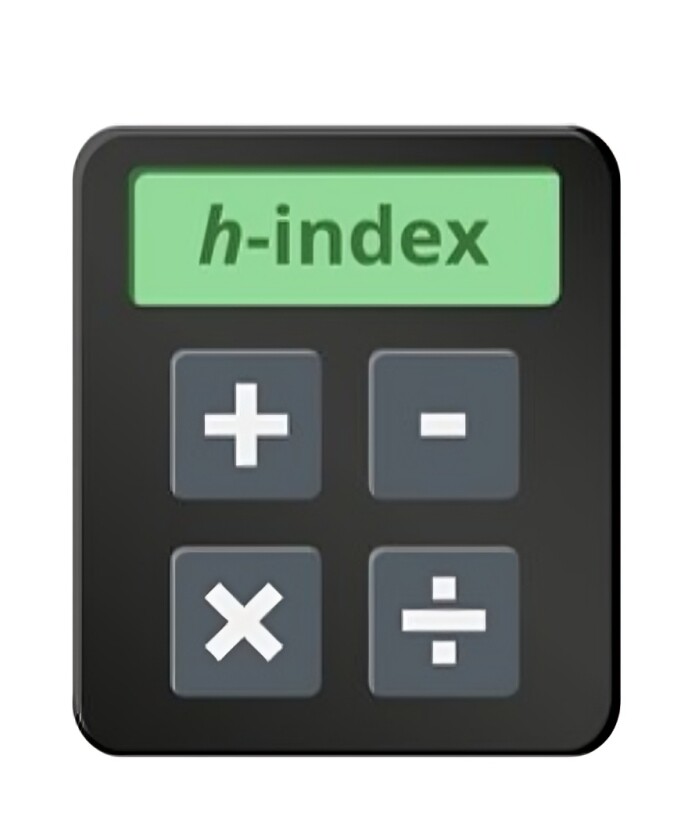
While citation metrics offer valuable insights, they should not be the sole determining factor in journal selection. Researchers must consider a broader range of factors to ensure their work finds a suitable home:
Relevance to Your Research: Choose a journal that publishes research in your specific field and aligns with the focus of your work. A journal with a high IF might not be the best choice if it doesn't publish research relevant to your work.
Target Audience: Consider who you want to reach with your research. Some journals have a wider audience, while others focus on specific niches. Choose a journal that reaches the people who would be most interested in your findings.
Journal Reputation: Look beyond the numbers and consider the journal's reputation for quality, editorial rigor, and ethical standards. Read reviews, talk to colleagues, and check out the journal's editorial board to get a sense of its reputation.
Submission and Publication Process: Consider the journal's submission guidelines, review process, and publication timeline. Some journals have strict rules, lengthy review processes, or long publication times. Choose a journal that fits your research needs and timeline.
Open Access vs. Subscription-Based: Decide whether you want your research to be freely available to everyone (open access) or if you're willing to pay for publication in a subscription-based journal, which might have a higher impact factor.

It's important to dispel common misconceptions surrounding citation metrics:
Misconception: A higher Impact Factor always means a better journal.
Reality: The IF is just one metric, and it doesn't always reflect the quality or relevance of a journal. A journal with a high IF might have a narrow scope, limited readership, or a focus on specific research areas that might not align with your work.
Misconception: Citation metrics are the only factor that matters in journal selection.
Reality: Citation metrics are just one piece of the puzzle. Consider the journal's suitability for your research, its target audience, and its publication process. A journal with a high IF might not be the best choice if it doesn't reach your desired audience or if its publication process is too demanding.
Misconception: Citation metrics are always accurate and reliable.
Reality: Citation metrics can be manipulated, and some journals may have inflated IFs. Some journals might engage in practices that artificially inflate their metrics, such as self-citation or encouraging citations from affiliated journals.
Misconception: All citation metrics are created equal.
Reality: Different metrics have different strengths and weaknesses. Choose the metrics that best align with your research goals and the specific information you're seeking. Some metrics might be more appropriate for certain research areas or disciplines than others.
Choosing the right journal is a strategic process that requires careful consideration. By understanding the nuances of citation metrics, evaluating a journal's reputation, and aligning your research with the journal's scope and audience, you can confidently select the ideal platform to showcase your scholarly work. This thoughtful approach will ensure that your research reaches the appropriate audience, maximizes its impact, and contributes meaningfully to the advancement of knowledge within your field.
Finding the right journal for your research can be a challenge, but it's essential for getting your work seen and recognized. We can help you navigate the process and make the best choice for your research. Contact us today and tell us about your field of study – we're here to guide you towards the ideal journal for your work.

If you have any questions, inquiries, or would like to learn more about our services, please don't hesitate to reach out to us. Our dedicated team is ready to assist you.